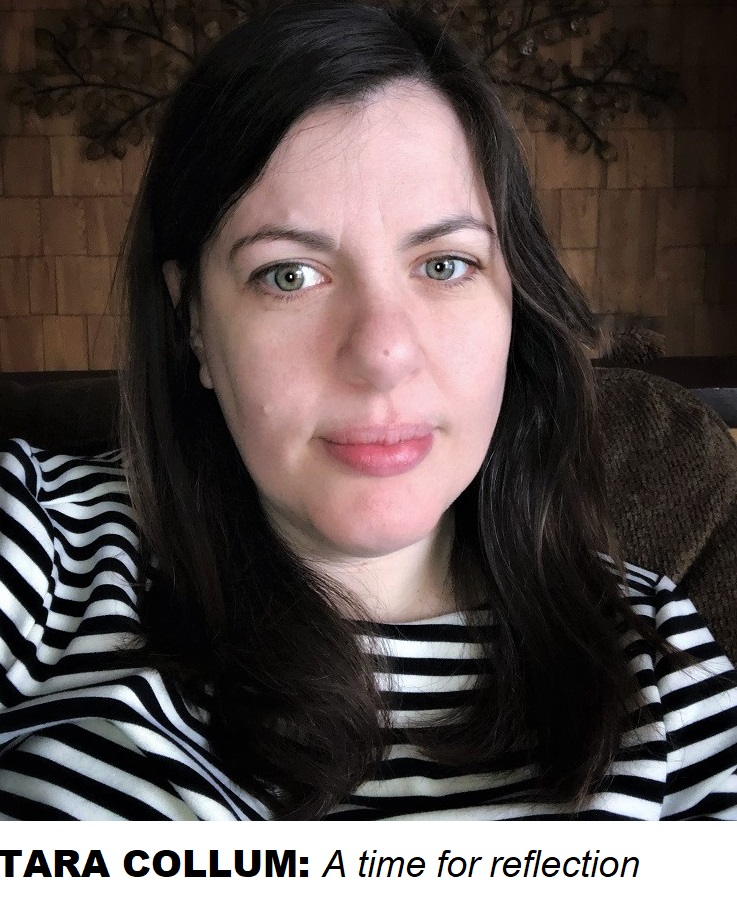TIME TO HOLD CATHOLIC CHURCH MORE ACCOUNTABLE FOR REPARATIONS
TARA COLLUM | Contributing columnist
When I was in high school singer Sinead O’Connor caused a firestorm when she used her musical guest appearance on Saturday Night Live to tear up a picture of the pope, and say, “Fight the real enemy.”
Her actions didn’t spark any investigation only outrage and backlash. She was instantly “cancelled,” she recalls in her new memoirs “Rememberings.”
Now O’Connor, 54, joins the list of women artists who deserve a 21st century apology for 20th century ignorance.
We know the damage the Catholic Church and their missionaries have caused is yet to be fully uncovered.
In O’Connor’s native Ireland, there were rampant abuses and forced adoptions in homes for “unwed” mothers.
In Canada we are still uncovering the mass graves, and having a national reckoning over the abuses in largely Catholic-managed residential schools, where Indigenous children were separated from their families in an inhospitable and brutal environment that many students didn’t survive.
Michelle Good’s novel Five Little Indians depicts five friends in the 1960s and the abuses they endured in a Catholic missionary school. It includes the trauma they endured after being discharged and left to fend for themselves in East Vancouver. Cree writer Good won the prestigious Governor General’s Literary Award and the novel is set to be adapted for a series.
While there is more awareness of the sordid and sad history there is also unprocessed anger and grief with few outlets. Many churches have been burned to the ground or vandalized by Indigenous protesters, many of whom are leaving the church.

My dad was raised Catholic and wasn’t allowed to use his left hand. He was forced to switch to being right-hand dominant and later renounced his Catholicism.
I wasn’t raised in a church. The only church I went to in Gravenhurst was a Christmas Eve service and a Halloween party with neighbours at the Salvation Army, where the congregation was very kind and welcoming.
In Grade 4 classmates used religion to bully others and some told me I would go to hell because I wasn’t baptized. In Grade 5 our teacher told us that not everyone believed in God and some people believed in evolution. This was news to me. I thought everyone believed in God and I didn’t know we had the choice not to.
In high school there were Christian classmates that had a church group call Jesus Outreach Youth or Joy. I had never heard of Christians separate from a church building.
Spirituality is complex and personal.
In university I was roommates with a member of the Catholic Church and she was very kind and charitable. She was a volunteer with the Missionaries of Charity, the same order of nuns as Mother Teresa.
Like the pope, Mother Teresa was treated like a saint before her official canonization as Saint Teresa of Calcutta.
Once I unfriended someone on social media because they said something bad about Mother Teresa. It was a knee jerk reaction and later an opinion I was able to examine more critically. Some criticisms about Mother Teresa include her romanization of suffering as holy, and the unsanitary conditions of her hospitals, and the modern Western hospital treatment she received when she was sick.
On the road to reconciliation it’s important to hold the church accountable for reparations. Right now, a delegation of Indigenous leaders has secured a papal audience and will ask Pope Francis for an apology — encouraging him to deliver it in Canada.
While Pope Francis lives in a modest apartment, and not the traditional palace that is the residence of the pope, he is the head of an organization worth billions of dollars headquartered in the Vatican, a city that became a country in the 1920s.
On Grace Street in Toronto there are two churches across the street from each other. Catholic churches aren’t known for being rough-hewn and built by parishioners. They can be grand cathedrals and ornate basilicas with decorative stained-glass windows, intricate iconography and elaborate rituals learned in catechism classes.
While their buildings symbolize wealth, many Catholic nuns and monks take a vow of poverty. In Toronto I volunteer for St. Francis Table, a one-dollar restaurant run by Franciscan brothers whose ministry is to feed the needy. Among the volunteers are Catholic school students, student nuns and monks and people who do not take part in the Catholic prayer of St. Francis that is recited before the meal is served.
Missionaries were wrong to force others to adopt their religion. And it is wrong to deprive others of their freedom of religious expression.
And what of the conflict of finding spirituality or belief in God at the hands of a missionary church of colonizers?


July 31, 2021 @ 1:53 pm
Once again — a very thoughtful and thought-provoking column by Tara. Religion & religious belief is indeed a complex subject no matter what the denomination or its absence.